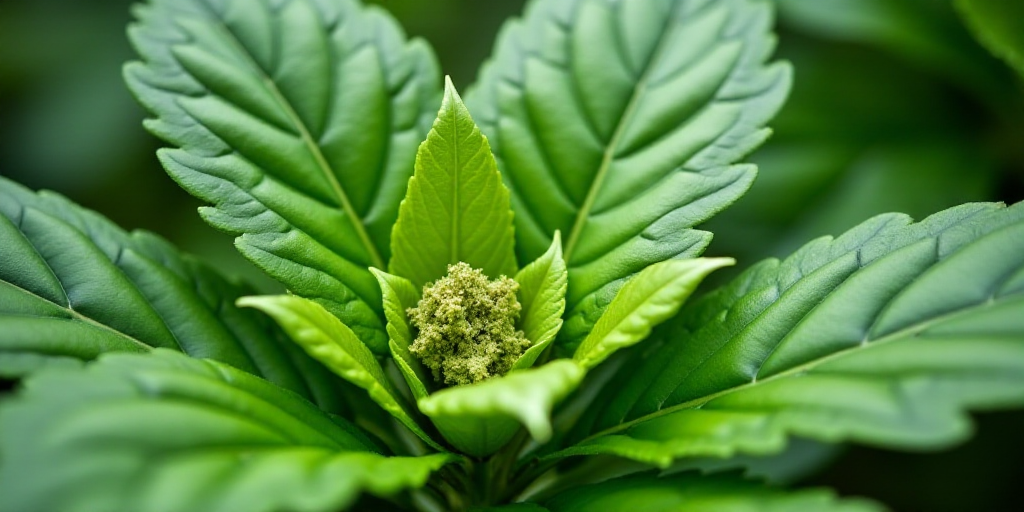Introduction to the Global Cocaine Market
The United Nations Office on Drugs and Crime (UNODC) reported that cocaine production, seizures, and consumption reached all-time highs in 2023. The report highlighted a significant increase in illicit cultivation, particularly in Colombia.
Production and Cultivation
Illegal production soared to 3,708 metric tons in 2023, marking a nearly 34% increase from 2022. This figure is ten times higher than the lowest recorded amount a decade ago, as per the UNODC’s annual report.
The rise is primarily attributed to the expansion of coca cultivation in Colombia and updated yield data from the Andean country, according to the UNODC based in Vienna.
In contrast, coca cultivation areas in Bolivia remained stable, while those in Peru slightly decreased.
Colombia’s Role as the Leading Producer
Colombia, the primary cocaine producer, saw 253,000 hectares dedicated to coca cultivation. The UNODC reported 2,600 metric tons of cocaine produced in Colombia in 2023, a 53% increase from the previous year.
The regions with the most significant cultivation growth are in Colombia’s southwest, where dissident FARC guerrilla groups operate. These groups, who did not sign the peace agreement and control lucrative cocaine trade, dominate vast rural areas.
Global Seizures and Consumption
The UNODC reported that global seizures reached a record high of 2,275 metric tons in 2023, marking a 68% increase over the preceding four years.
Cocaine consumption also grew, affecting 25 million people compared to 17 million a decade prior.
Impact and Concerns
Angela Me, the UNODC’s research director, stated that cocaine has become fashionable in affluent societies, creating a vicious cycle between increased consumption and production.
Despite being the main producer, traffickers have successfully penetrated new markets in Asia and Africa. The UNODC warned that the violence and competition inherent to the illicit cocaine trade, previously confined to Latin America, are spreading to Western Europe as organized crime groups from the Balkans gain influence.
Rising Violence in Ecuador
The UNODC highlighted the prominence of cocaine trafficking among American criminal groups, citing Ecuador as an example.
Ecuador’s homicide rate surged from 7.8 per 100,000 inhabitants in 2020 to 45.7 per 100,000 inhabitants in 2023.
The UNODC estimated that 6% of the population aged 15-64 consumed some drug in 2023, up from 5.2% in 2013.
Seizures of stimulants, including amphetamines, also hit a record high in 2023, accounting for nearly half of global synthetic drug seizures. Opoid synthetics, including fentanyl, followed closely.
Bashar al-Assad’s fall in Syria in December created uncertainty about the future of captagon trade, a stimulant that had become Syria’s primary export under al-Assad’s regime.
Early this year, Syria reported that interim authorities seized all captagon production facilities. However, 2024-2025 seizures suggest captagon continues circulating, primarily to Arabian Peninsula countries, possibly due to accumulated stocks or ongoing production in various locations.
Key Questions and Answers
- What is the main issue discussed in this report? The global cocaine market reached new highs in production, seizures, and consumption in 2023, with a significant increase in illicit cultivation, particularly in Colombia.
- What factors contributed to the rise in cocaine production? The primary reasons are increased coca cultivation areas in Colombia and updated yield data from the country.
- Which countries saw growth in coca cultivation? Coca cultivation areas expanded in Colombia, while remaining stable or slightly decreasing in Bolivia and Peru.
- What are the global seizure and consumption trends? Global cocaine seizures reached a record high of 2,275 metric tons in 2023. Cocaine consumption affected 25 million people, up from 17 million a decade prior.
- How has the cocaine trade impacted other regions? The violence and competition inherent to the illicit cocaine trade have spread to Western Europe as organized crime groups from the Balkans gain influence.
- What is the situation in Ecuador regarding drug-related violence? Ecuador experienced a significant rise in homicide rates, from 7.8 per 100,000 inhabitants in 2020 to 45.7 per 100,000 inhabitants in 2023.
- What changes occurred in the captagon trade following al-Assad’s fall in Syria? Although production facilities were seized by interim authorities, captagon continues circulating, primarily to Arabian Peninsula countries.






